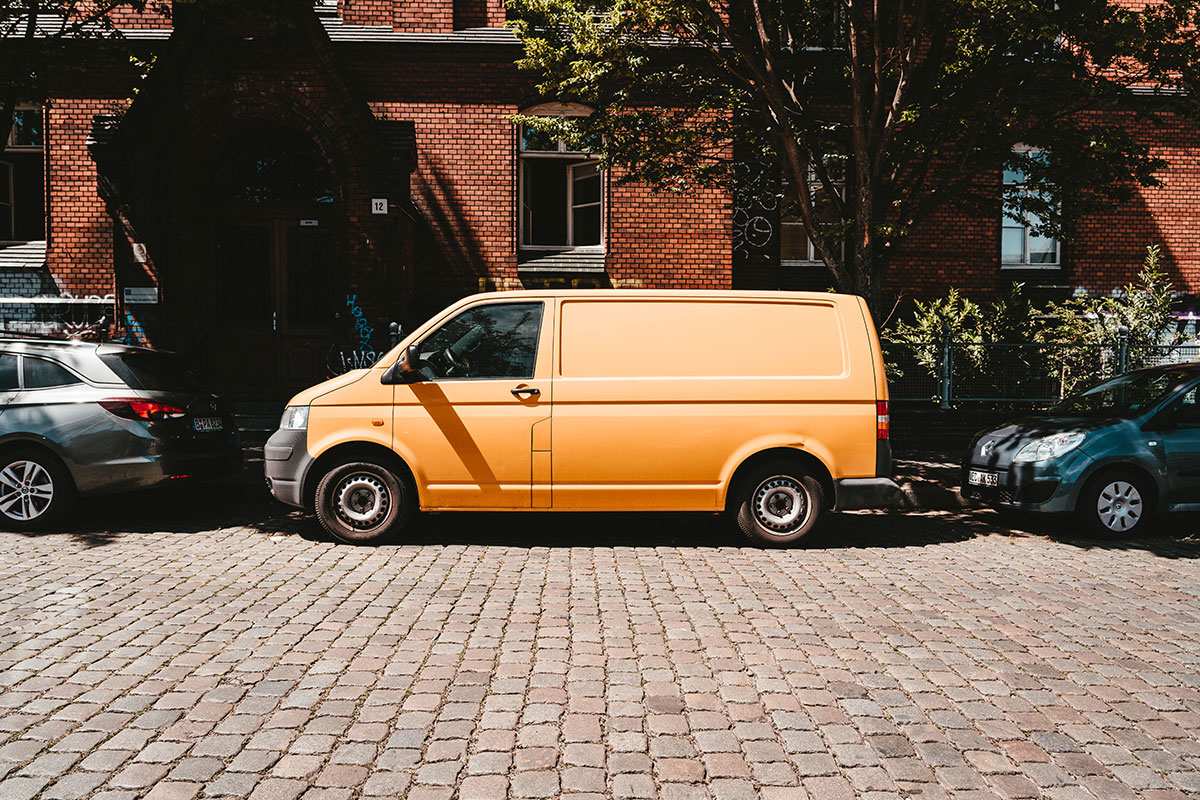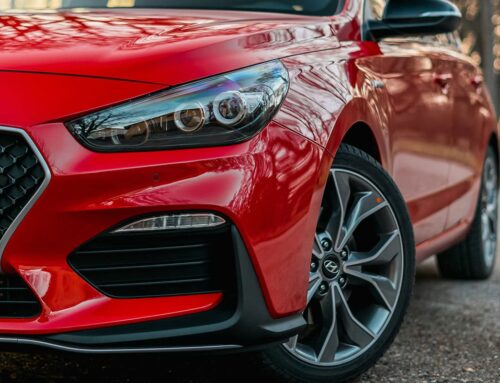If you’re looking to buy a van, you might find yourself overwhelmed. While a new one is a good bet, a well-maintained second-hand van can get the job done, especially if you have limited financing options.
Sadly, buying a used vehicle can result in a total nightmare if you don’t know what to look out for. That said, here’s the ultimate “buying a second-hand van” checklist. It’ll help increase your chances of nailing a great value for your hard-earned money.
The Van Type
This tip isn’t just about the brand or your specific van choice. Your decision should be based on your needs. You might need a beast, like a 3.5-tonne van, if you’ll be moving heavy goods. On the flip side, if you’ll use your van to carry lightweight goods, it’s always best to opt for a cheaper vehicle, as van prices vary based on their capacity.
The Van History
Now that you’ve found a van, knowing the history is essential as it’ll help you make a more informed decision. You don’t just want to go with your heart when buying a used vehicle. It might not end well.
Conduct a van history check at Reg Car Check to get all the information you need. This check helps you know whether the vehicle was stolen and perhaps repainted with another colour. You can’t be too careful as thousands of vehicles are reported stolen yearly.
The Car Body
This check includes the top, side, and underneath the van. Try to look out for rust. If you find any, press the spot. If it gives off a cracking sound, that’s an indication the rust may go deeper. If the van has significant rust too, that’s a huge red flag.
For minor damages, ensure they’re fixable. A mismatch of paint or poor body structure might signify that the van has been written off before repairs. Lastly, the van’s cabin should be in good condition to load goods.
The Engine and Gear
Try to make sure the engine sound is smooth, not loud, and not tapping. A tapping sound might not be a big deal, but it’s also not something you want to ignore as it could indicate the engine or part of it requires replacement soon.
What’s more, ensure the exhaust doesn’t emit blue or black smoke. A healthy car/engine will naturally give off steam or water droplets. Also, you want to make sure you start the van from cold as some vehicles may have cold-start issues. The seller may have allowed the van to run to mask any evident problems when you start from cold.
Lastly, the gear should change smoothly and not jerk. So you should test drive to ensure the gear transmits properly without delay.
Tyres & Suspension
Look out for wear so that you don’t buy a van with bad tyres. The shock absorbers/suspensions must be in good condition, especially if you’ll be moving heavy goods. To test the condition, push your body down on the front of the van two to three times. If your van bounces less than three times or quickly returns to its normal position after one bounce, the absorbers are likely fine. If the vehicle bounces repeatedly, that’s a sign the shock absorbers may be weak.







Leave A Comment